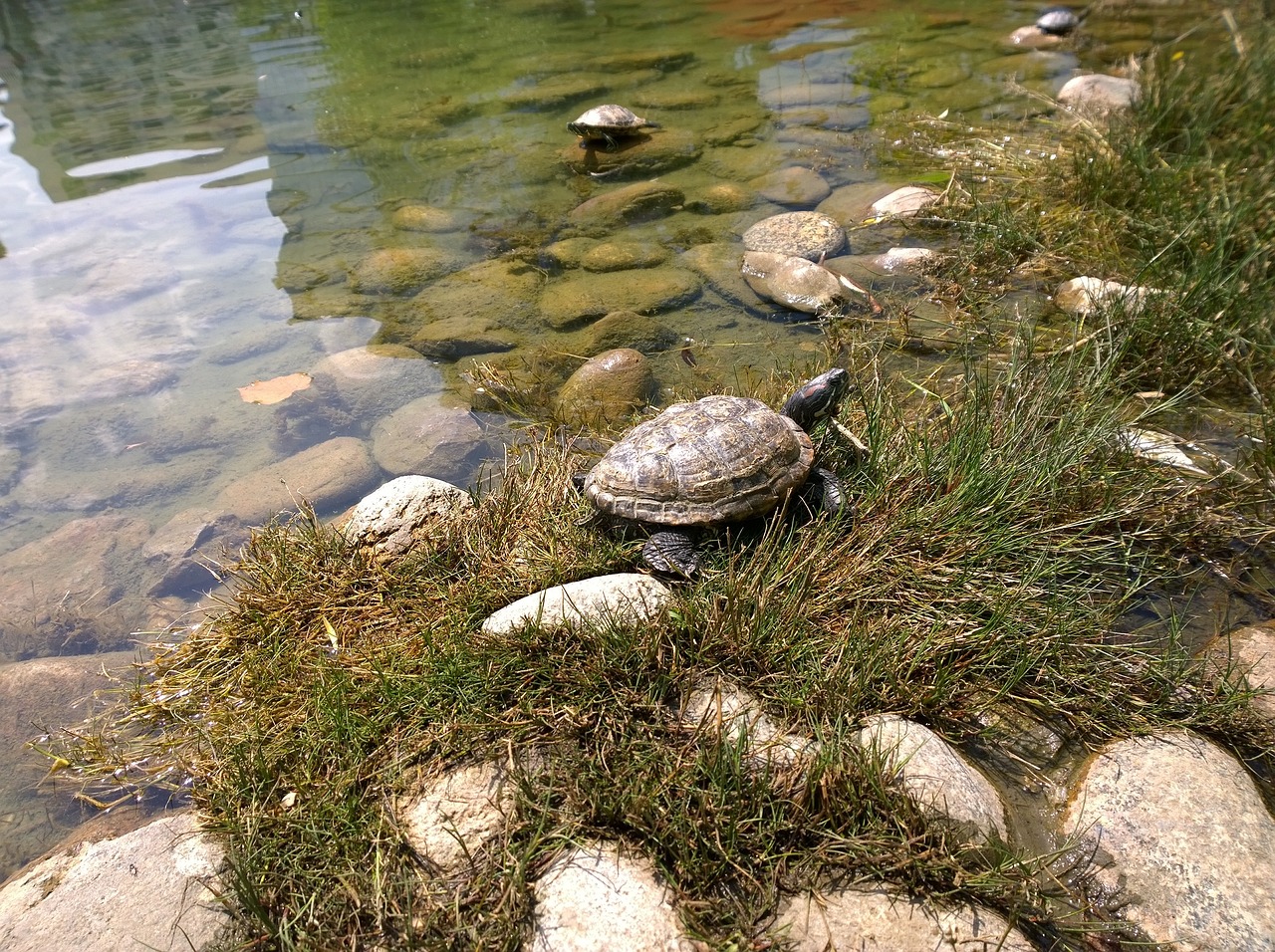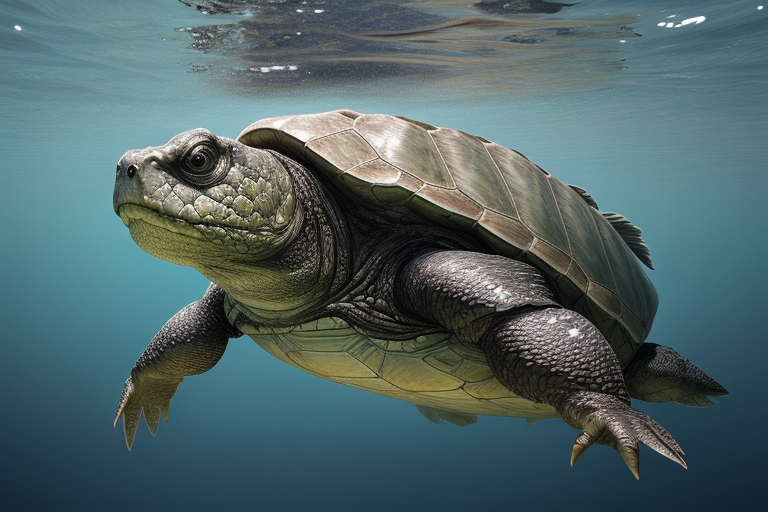Introduction
The alligator snapping turtle (Macrochelys temminckii) is a fascinating and elusive reptile that inhabits the southeastern United States. Known for its prehistoric appearance and powerful jaws, these ancient creatures have specific habitat requirements that make them unique and important in the ecosystem. In this article, we will explore the habitat and range of the alligator snapping turtle, shedding light on the key factors that contribute to their survival and the conservation efforts in place to protect them.
The Alligator Snapping Turtle’s Range
Alligator snapping turtles are primarily found in the southeastern United States. Their range includes:
1. Mississippi River Drainage: Alligator snapping turtles can be found in parts of the Mississippi River and its tributaries. States such as Mississippi, Louisiana, Arkansas, and Missouri are within their range.
2. Suwannee River Basin: This basin in Florida and Georgia also hosts populations of alligator snapping turtles.
3. Gulf Coast Drainage: Parts of the Gulf Coast, including areas of Texas, are home to these turtles.
Aquatic Habitats
Alligator snapping turtles are predominantly aquatic creatures, and their habitats reflect this dependence. The following factors are essential for their survival:
1. Large, Slow-Moving Water Bodies
These turtles prefer slow-moving rivers, swamps, and oxbow lakes. These environments provide abundant food sources and a secure retreat for the turtle.
2. Deep Water
Alligator snapping turtles tend to inhabit deeper sections of their chosen water bodies. Deeper waters provide refuge from predators and help regulate their body temperature, especially during the colder months.
3. Substrate and Shelter
Alligator snapping turtles are known to burrow into the soft, muddy substrate of their aquatic homes. This behavior offers protection and camouflage, allowing them to lie in wait for prey while being hidden from potential threats.
4. Vegetation
The presence of aquatic vegetation is crucial for alligator snapping turtles. It serves as cover and a source of food, particularly in the form of plants, small invertebrates, and fish that seek refuge within the vegetation.
Terrestrial Habitats

While alligator snapping turtles are primarily aquatic, they also require terrestrial habitats for specific activities:
1. Nesting Sites
Female alligator snapping turtles need suitable nesting sites to lay their eggs. They typically choose sandy or loamy soils in close proximity to their aquatic habitat. Nesting sites must have access to sunlight for proper incubation.
2. Basking Areas
Like many other reptiles, alligator snapping turtles require basking areas to regulate their body temperature. Fallen logs, rocks, and riverbanks offer ideal spots for basking.
Conservation Challenges
Alligator snapping turtles face several threats to their habitat and survival, which call for conservation efforts:
1. Habitat Destruction
Habitat loss due to urban development, agriculture, and dam construction poses a significant threat to these turtles. Protecting their natural habitats is crucial for their continued existence.
2. Pollution
Water pollution, particularly from agricultural runoff and industrial contaminants, can harm alligator snapping turtles directly and indirectly by affecting their prey.
3. Overharvesting
Historically, alligator snapping turtles were targeted for their meat and shells. Conservation measures and regulations are now in place to prevent overharvesting, but illegal poaching still occurs.
4. Climate Change
Climate change can impact water temperature, which can affect the gender ratios of hatchlings. It can also disrupt the timing of nesting and hatching, affecting the species’ reproductive success.
Conservation Efforts
Efforts to protect alligator snapping turtles and their habitat are crucial to their survival. Here are some key strategies and initiatives:
1. Habitat Preservation
Conservation organizations and government agencies work to preserve vital habitats through land acquisition and protected area designations.
2. Legislation and Regulations
Federal and state regulations are in place to protect alligator snapping turtles from hunting and trafficking. These regulations set limits on harvest and trade, helping to curb illegal activities.
3. Research and Monitoring
Scientific research and population monitoring are ongoing to better understand the needs of alligator snapping turtles and the impact of conservation efforts.
4. Public Awareness
Educational programs and outreach are essential to raise awareness about the importance of alligator snapping turtles and their conservation needs.
Conclusion
Alligator snapping turtles are remarkable creatures with specific habitat requirements. Understanding their range, habitat preferences, and the challenges they face is crucial for their conservation. By preserving their habitats, enacting protective legislation, and fostering public awareness, we can ensure that these ancient reptiles continue to thrive in the wild, playing a vital role in their ecosystems.



